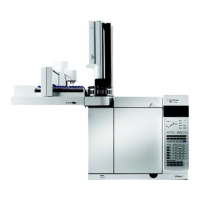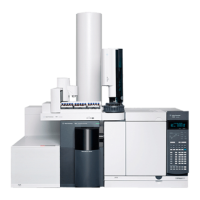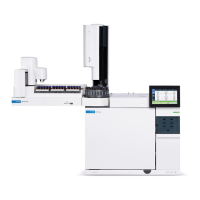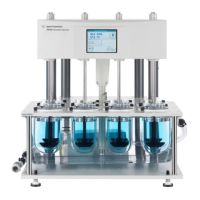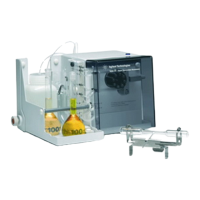GC Not Ready Symptoms 4
Agilent 7890 Series Troubleshooting 101
FID Does Not Ignite
• Verify that the Lit Offset is <2.0 pA.
• Ensure that the FID temperature is high enough for ignition
(>150 °C). Agilent recommends >300 °C.
• Check that the FID ignitor glows during ignition sequence.
(See To Verify FID Ignitor Function During Ignition
Sequence.)
• Check that the air and hydrogen pressures meet Agilent’s
recommendations (hydrogen > 35 psi [210 kPa] and air > 55
psi [380 kPa]). See the Agilent GC, GC/MS, and ALS Site
Preparation Guide.
• Try increasing the supply pressures to the FID flow module.
This makes the flame easier to light without changing the
setpoints.
• Increase hydrogen and air flow rates until ignition occurs,
then reduce them toward the method values. Experiment for
the best values.
• Check for a plugged or partially plugged jet. (See To Check
for a Plugged FID Jet.)
• Measure the FID flow rates. Actual flow rates should be
within +/-10% of the setpoint. (See FID starting conditions.)
The hydrogen:air ratio greatly impacts ignition. Nonoptimal
flow settings can prevent flame ignition. (See To Measure a
Detector Flow.)
• There could be a large leak in the system if the flame still will
not light. Large leaks result in measured flow rates being
different from actual flow rates, causing nonideal ignition
conditions. Thoroughly leak check the whole system,
especially the column fitting at the FID. (See Checking for
Leaks).
• Check the column flow rate. (See To Measure a Column
Flow.) Hydrogen flow should be greater than the sum of the
column flow and makeup flow.
• If the analysis permits, substitute nitrogen for helium as
makeup.

